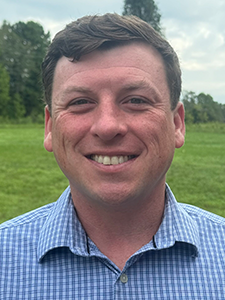BMB Faculty Research Mentors
Research Faculty
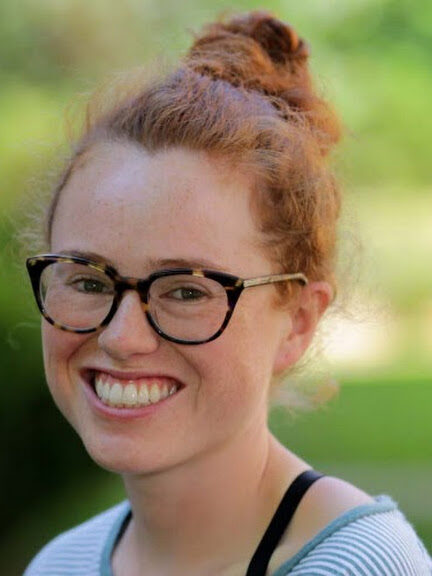
Katherine Albanese
Histone posttranslational modifications (PTMs) are crucial regulatory components for many cellular processes. The readout of histone PTMs is dependent both on the chemical modification as well as the specific site on the histone protein. The array of histone PTMs on chromatin is highly dynamic and relies on many protein interactions throughout the eukaryotic life cycle. In the Albanese Lab, our combined protein design-chemical biology-cell biology approach is geared toward enhancing fundamental understanding of epigenetic pathways in both healthy and diseased cells, and for developing novel insights into the most tractable therapeutic targets.
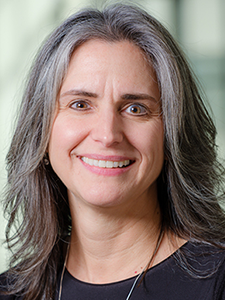
Rebecca Alexander
Protein biosynthesis is an essential cellular pathway that requires numerous macromolecular components to accurately and rapidly convert information from mRNA template to a functional protein. The Alexander lab uses experimental and computational approaches to study two types of enzymes important for translational accuracy. Aminoacyl-tRNA synthetases covalently attach amino acids to their cognate tRNAs and rely on nucleotide identity and structural features for efficient aminoacylation. tRNA modifying enzymes change nucleotides chemically to provide novel elements for protein recognition and accurate decoding at the ribosome. We generate tRNA and enzyme variants to investigate the signals that regulate catalysis, and use kinetic, binding, and molecular dynamics strategies to understand the structure-function relationships in these macromolecular complexes.

Lindsay Comstock-Ferguson
Methylation of biological macromolecules, including proteins and nucleic acids, influence cellular processes ranging from embryonic development to metabolism. While the biological significance is widely recognized, where and how methylation events occur are not well-defined. The Comstock lab lies at the chemistry-biology interface and combines organic synthesis to generate and biochemical methods to evaluate derivatives of the native cellular methyl donor, S-adenosyl-L-methionine, as a novel set of biochemical tools as universal probes for identifying biological methylation sites. These biochemical tools provide a unique methodology to identify sites of global biological methylation and improve our understanding of methylation in basic cellular processes.
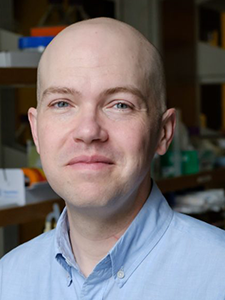
Josh Currie
Animal development is a breathtaking process whereby a single cell gives rise to all of the body’s specialized cells and tissues. How would you reverse engineer parts of this process to re-create tissue if it’s lost or damaged? That’s exactly what happens during limb regeneration in salamanders – an assortment of complex tissues must generate and organize progenitors to re-development lost structures. Our primary research aim is to understand how intrinsic and microenvironmental extrinsic signals orchestrate cells and tissue to perfectly reconstruct missing parts. We study regeneration using a type of salamander called the Mexican axolotl (Ambystoma mexicanum), a well-established regenerative model that can re-grow its limbs, tail (including spinal cord), and parts of its brain, lungs, gills, and heart We combine live-imaging of regenerating, transgenic axolotls, ex vivo cell biology, and molecular biology (including CRISPR/Cas genome editing) to understand the molecules and cell behaviors that underlie tissue regeneration. We also work to apply what we learn in the axolotl to improving regeneration and wound healing in humans using experimental mammalian models such as mice and human cells.
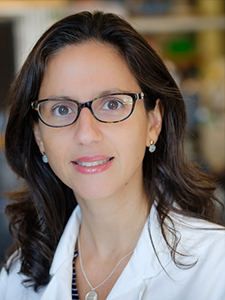
Patricia Dos Santos
Vitamins and cofactors that contain sulfur in their chemical structures are widely distributed in nature and essential for life on Earth. All known living organisms use at least a subset of these cofactors in various aspects of metabolism. The Dos Santos lab employs a combination of molecular biology and biochemical approaches to investigate the enzymatic reactions involving sulfur activation, trafficking, and insertion into cofactors in bacteria. Undergraduate and graduate research students work together to identify enzymes participating in thio-cofactor pathways, to produce and isolate enzymes, and to develop methods to probe and quantify biosynthetic intermediates. Current research efforts aim to understand the involvement of physiological redox agents in sulfur transfer reactions, the mechanisms promoting the biological assembly of Fe-S clusters, the biosynthesis and function of S-modifications to tRNA, and the specificity of enzymes involved in the biosynthesis of thio-cofactors.
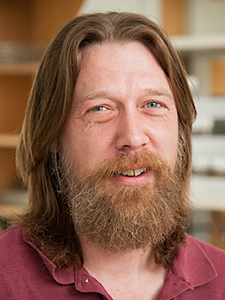
Erik C. Johnson
The mechanisms of neuronal cell signaling and how these processes manifest in specific behaviors and regulate discrete aspects of physiology are studied in the Johnson lab. In pursuit of that goal, we focus on neurotransmitters and their receptors and use the fruit fly, Drosophila melanogaster, because of the unique genetic and molecular tools available in this organism. We use a number of different cellular and molecular techniques to partner specific neuropeptides and neurotransmitters to specific “orphan” receptors. We are interested in the anatomical distribution of these receptors as they represent postsynaptic targets for specific transmitter signaling systems. We are ultimately interested in how specific receptor properties, (i.e., desensitization and signaling) contribute to neuronal physiology and on a larger scale how these properties shape a given behavior or physiology.

Sarah Esstman
Viruses with ribonucleic acid (RNA) genomes are ubiquitous in nature, infecting every known organism on the planet. RNA viruses can also be notorious human and animal pathogens, causing respiratory, gastrointestinal, neurological, and hemorrhagic diseases that impart significant medical and economic burdens to society (e.g., influenza viruses, rotavirus, norovirus, Zika virus, Ebola virus, etc.). The overall mission of my laboratory is to acquire fundamental mechanistic information about RNA virus biology that can be applied to the prevention and treatment of disease. My research efforts currently focus on rotaviruses, which are double-stranded (ds) RNA viruses that cause life-threatening diarrhea and vomiting in young children. By combining biochemical, genetic, structural, and computational approaches, my laboratory team is elucidating key events in the rotavirus lifecycle and tracking changes in the rotavirus genome during its spread in human and animal populations.
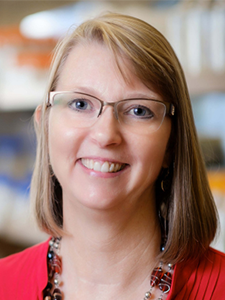
Gloria Muday
Hormone and redox signaling pathways define how organisms grow and develop. The Muday lab has two separate projects examining signaling pathways, which both utilize genetic, molecular biological, imaging, and biochemical approaches. We are testing the function of receptors and transcription factors to control genome-wide hormone signaling pathways that control development, using insertion mutants, reporter constructs and imaging. The laboratory also studies the biosynthetic pathways that synthesize specialized metabolites, called flavonoids, that act as antioxidants to control levels of reactive oxygen species signals that modulate development. Of particular interest is how these flavonoid antioxidants protect plants that produce them and humans who eat them from either environmental stress or metabolic stress, respectively.
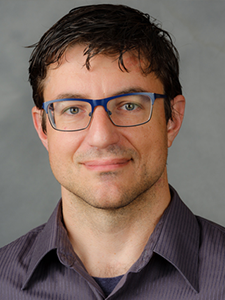
Troy Stich
Free radicals are reactive molecules that damage cells by degrading proteins and by attacking DNA and are thus a leading cause of aging. Nature, however, has harnessed these radicals to perform exotic chemical syntheses. Our lab uses a combination of biochemical and spectroscopic tools to learn how the enzymes that catalyze these reactions control the chemistry and prevent deleterious side-effects. We will focus our efforts on interrogating the radical SAM family of enzymes, which employ an iron-sulfur cluster and S-adenosylmethionine (SAM) to generate substrate radicals that the protein matrix then guides toward product formation. We manipulate these outcomes using biochemical and genetic means to gain insight into mechanism and leverage this knowledge toward the generation of new bioactive molecules.
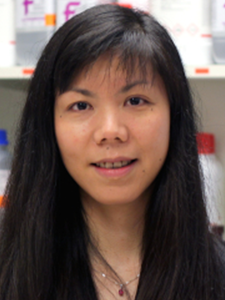
Ke Zhang Reid
Understanding the location, timing, and conditions that control when a gene is expressed is central to understanding the blueprint for all life. Epigenetic mechanisms that modify DNA or chromatin play fundamental roles in the control of gene expression. The Zhang-Reid lab uses genetics, cell biology, and genomic strategies to study the epigenetic mechanisms that regulate eukaryotic gene expression and genome integrity, using fission yeast as a model organism. The three main areas of research in Zhang-Reid laboratory investigate epigenetic mechanisms in control of gene expression, meiotic gene silencing during mitosis and regulated expression during meiosis, and RNA-mediated genome instability.
Teaching Faculty
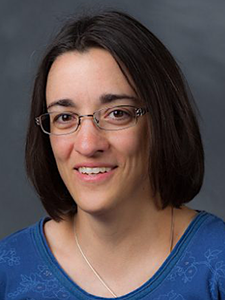
Diana Arnett
Instructor for Metabolic Diseases and Biochemistry courses
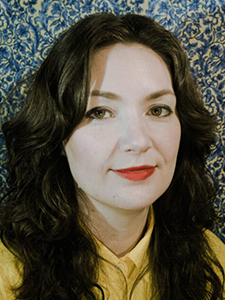
Jes Bolduc
Instructor for Biochemistry courses

